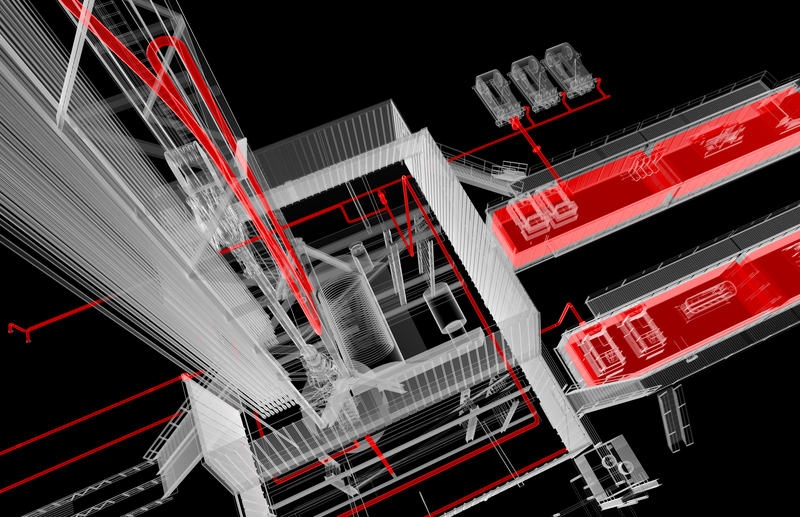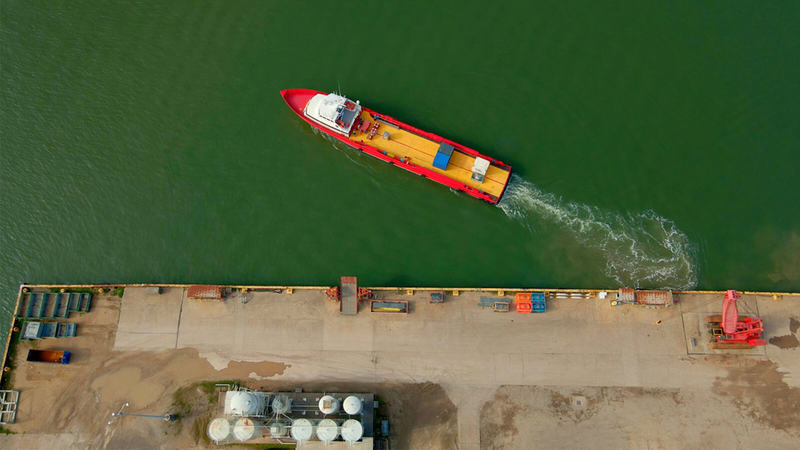 Search
Search
 Search
Search

SOURSCAV® supports safe deepwater drilling in severe hydrogen sulfide conditions
Download PDF
Offshore United Arab Emirates

Deepwater

A major operator planned to drill a vertical, high-temperature/high-pressure (HTHP), exploration well offshore UAE to 18,467 ft total vertical depth (TVD) with Halliburton Baroid as part of an Integrated Drilling Services project. The 12¼-in. x 13½-in. section would be drilled to 14,390 ft and then enlarged through the H2S-bearing formation. This section presented challenges that included high temperatures, extended static periods for logging/sampling, and large concentrations of H2S—a corrosive, flammable, and poisonous chemical.
The offshore exploration well was the first in-country attempt to drill through a high H2S-bearing formation using a non-aqueous fluid (NAF) system. A robust H2S risk mitigation plan was required to provide HSE assurance during the well’s construction phase. Other challenges for this well section included high bottomhole temperatures reaching 337ºF, slow rate of penetration (ROP) due to hard formations drilled, hole cleaning during hole opening operations, as well as long static times for wireline logging and sampling.
The operator had historically drilled the country’s H2S-bearing formations with water-based fluids. Halliburton Baroid selected an invert emulsion system for this interval, based on its stability at the expected downhole temperatures and the fluid’s excellent inhibition of reactive shales.
The Baroid Technical Team recommended a BaraXcel® organophilic clay-free non-aqueous fluid with SOURSCAV® added for H2S scavenging. This water-soluble scavenger was selected due to its extremely fast reaction with H2S in particular. DFG™ hydraulics software was utilized to ensure the equivalent circulating density (ECD) was optimized throughout the drilling phase, but more importantly during the casing/liner running operations due to the narrow clearances and potential surge and swab risks identified. Both issues were successfully managed via the combined solution of the BaraXcel system and DFG software.
SOURSCAV was deployed by mixing it into the internal phase with calcium chloride, and then bleeding into the NAF system while maintaining the target oil-water ratio. An excess lime content was maintained throughout the section to optimize the scavenging of acid gas. The fragile gel structure of the BaraXcel system helped minimize ECD during drilling, hole opening operations, and running casing. Extensive fluid qualification testing was performed to ensure the fluid remained stable during extended logging operations of up to 150 hours at 337°F.
Baroid’s approach to fluid design and execution resulted in no H2S detected on surface throughout the interval. Garrett Gas Train (GGT) testing was performed continuously, confirming that there were no traces of acidic gases in fluids circulated out of hole. Pressure Volume Temperature (PVT) sampling performed during the logging phase confirmed that the formation contained 33% H2S and 7.5% CO2.
BaraXcel NAF stability was confirmed by consistent fluid properties on bottoms up after five-day extended static periods at 337ºF. Conditioning trips (estimated at between 24 – 48 hours) were not required during the logging phase, which saved rig time equivalent to USD 400,000.
The engineered BaraXcel NAF system combined with the effective SOURSCAV scavenger proved to be key success factors in the safe delivery of this critical interval. Based on the favorable first-time application, the operator is considering implementing these technologies for future exploration

Discover how this clay-free, non-aqueous fluid system can help you upgrade drilling performance.

Halliburton leads the drilling fluids industry with cutting-edge solutions, including advanced drilling fluids and solids control technologies.
